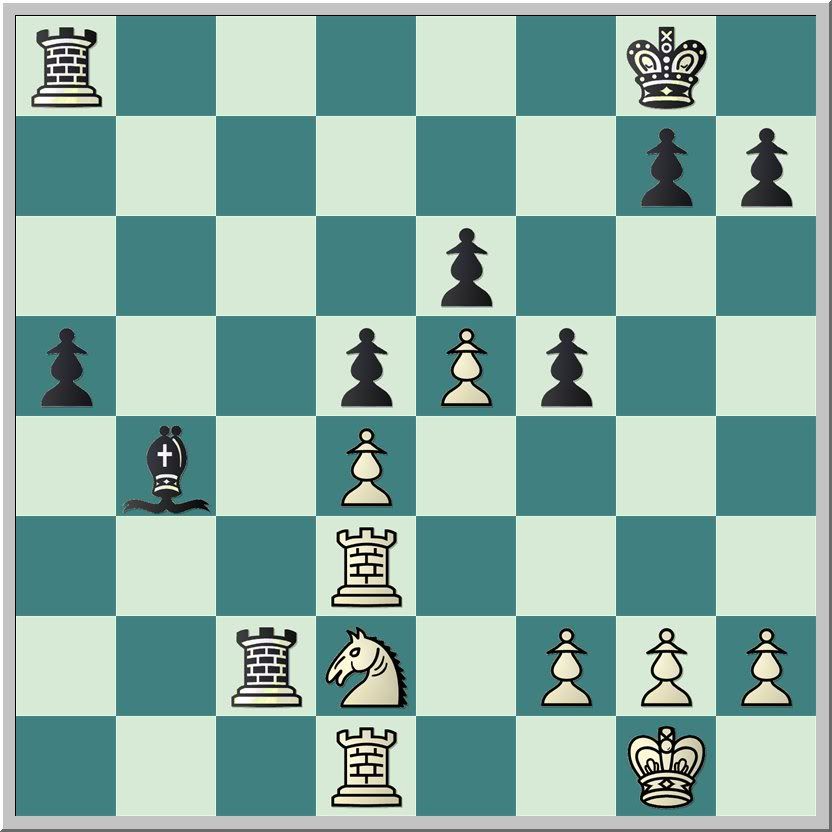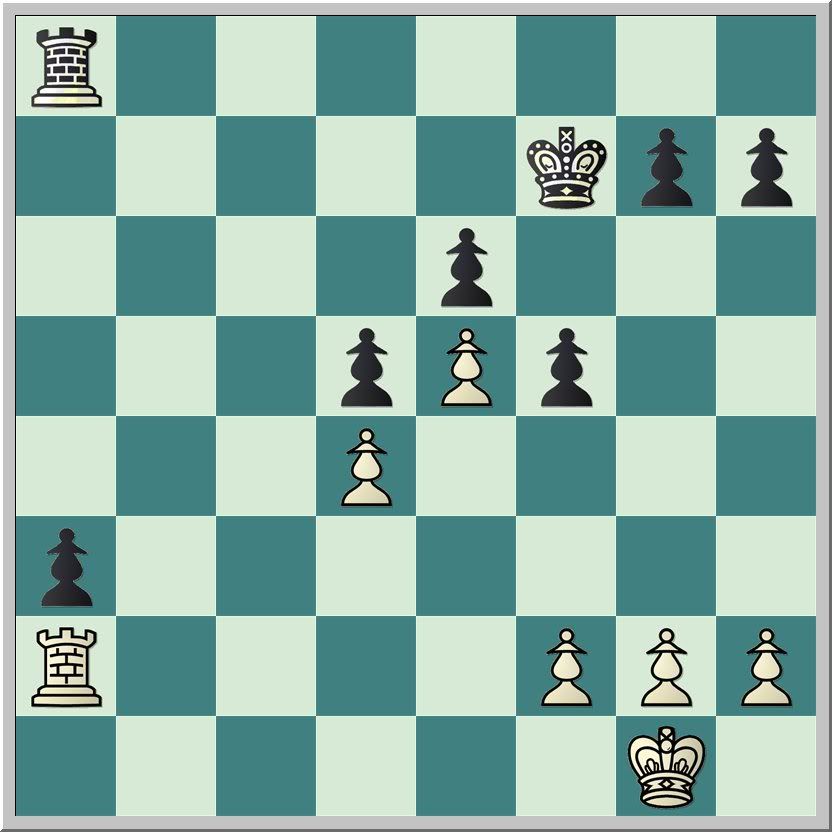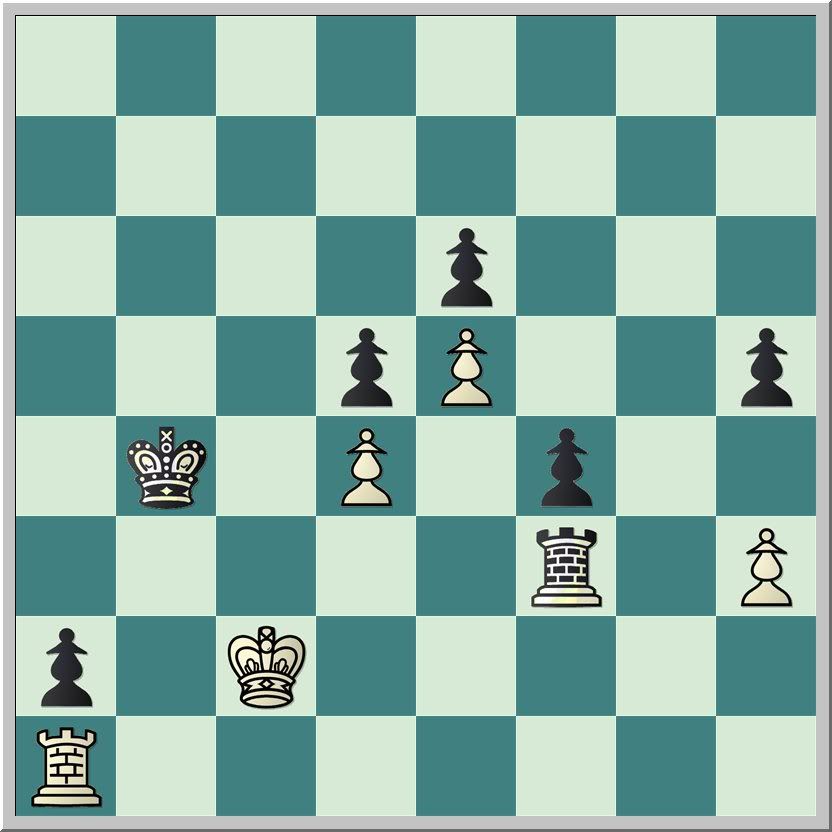We then reached this position.
Black to move

I suggested that Black had a fairly straightforward win with simplification to a rook and pawn endgame. We turned the board around, and he tried to defend against my ideas. My argument was that Black gets a more active rook and king, and that when the a-pawn finally falls, White will have made more serious concessions in the center.
Am I correct?
Was this useful advice from a B player to a strong C player that will probably get to A class ahead of me?
Ryan and I discovered that Black needed to advance the a-pawn rapidly, then bring the king over. We were not certain what each side should try for on the kingside.
I tried it against Hiarcs 12 this morning before work.
1...Rxd2 2.R1xd2 Bxd2 3.Rxd2 a4 4.Rb2 (Ryan played Kf1) a3 5.Ra2 Kf7
White to move -+

After many more moves against the silicon beast, the box resigned in this position:
White to move

It seems from my play against Hiarcs this morning that my advice has merit. But, perhaps it's better to keep more pieces on the board. Perhaps these rook and pawn endgames are not so routine.
It may be worth remembering the adage:
All rook endgames are drawn.See "Okay, Not So Easy" for more discussion of similar endgames.
Saviely Tartakower*
*It is not entirely clear that Tartakower ever made such a statement. An unsourced comment in Frank Brady, Bobby Fischer: Profile of a Prodigy (1973) states that Tigran Petrosian took comfort recalling this saying while defending a rook endgame against Bobby Fischer (166). Often the statement reads slightly differently: "all rook and pawn endgames are drawn." Others attribute the quote to Siegbert Tarrasch, who did write something similar: "In rook endings the weaker side generally has some chances of a draw right up to the very end" (Tarrasch, The Game of Chess [1935], 81, translated from Das Endspiel [1931]). See Edward Winter, Chess Notes 5822.














Why 5. ... Kf7 and not Ra4?
ReplyDeleteChesstiger,
ReplyDeleteI'm not certain that the move order matters that much. Going after the d-pawn right away, as with 5...Ra4, also gives up the a-pawn too soon. Black has weaknesses in the rear if the White rook becomes active. It seems to me that Black should force White's rook and king to prevent the advance of the a-pawn. When Black finally wins the d-pawn, either there should be other vulnerable pawns, or the king should be in position to help escort the passed pawn(s) that are created.
But, I could be wrong.
There is a famous game Alekhine-Capablanca, where Alekhine wins rook endgame with passed a-pawn, so it's doable:
ReplyDeletehttp://www.chessgames.com/perl/chessgame?gid=1012518
That's a great game, RP. Thanks for pointing to it.
ReplyDelete